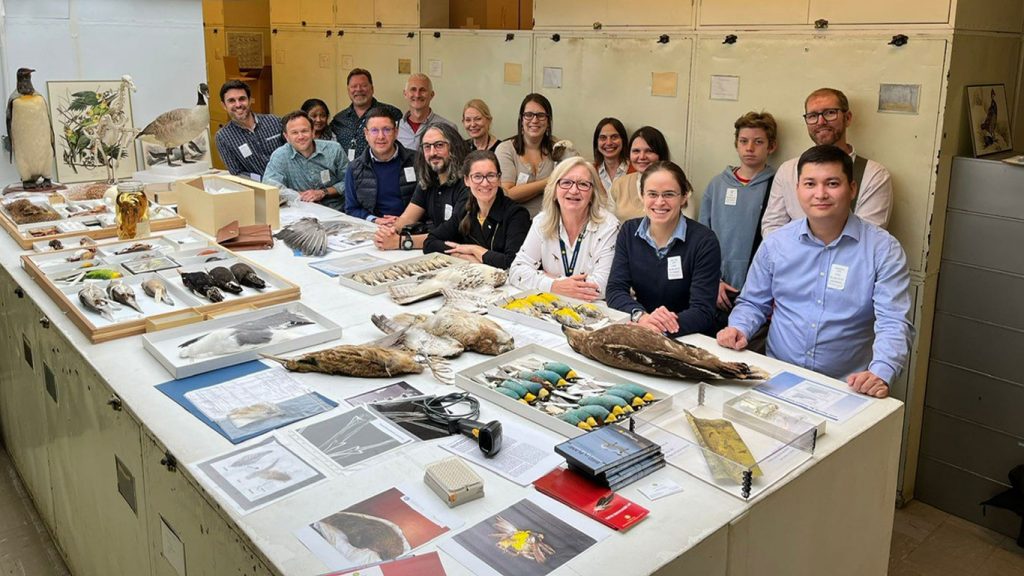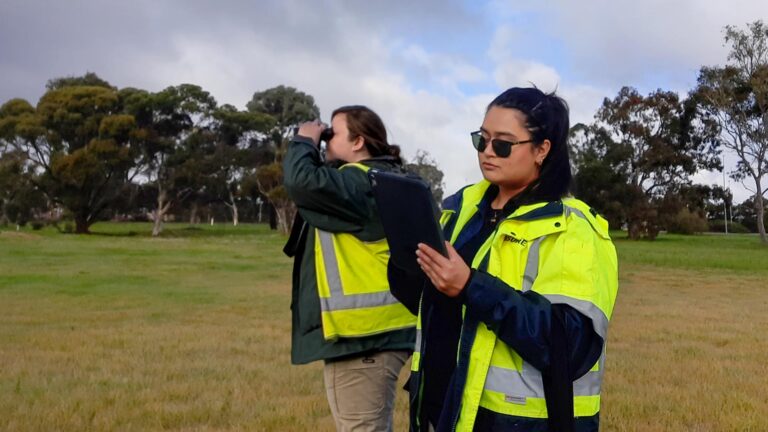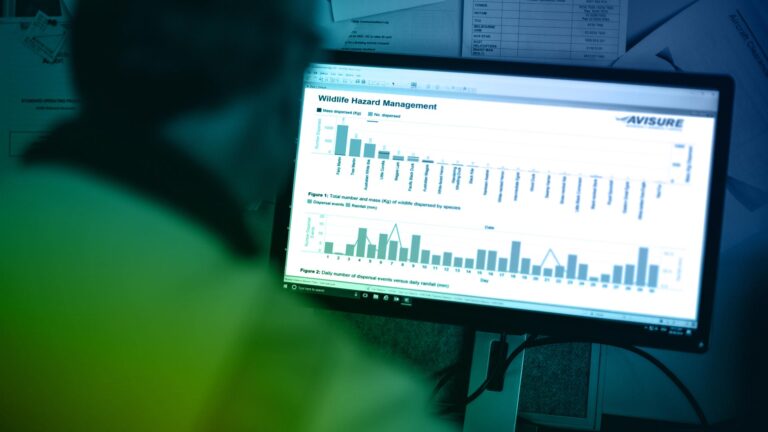The ibis in question is not the divisive aircraft strike hazard, Threskiornis moluccus, aka the Australian white ibis, but the International Civil Aviation Organization’s (ICAO’s) Bird Strike Information System or IBIS. According to the introduction to the 3rd edition of the IBIS manual, ‘This is a reporting system designed to collect and disseminate information on bird strikes which occur because of a collision between an aircraft and a bird’.
Avisure CEO, Jeff Follett, is part of a technical industry working group which met recently in Washington for a very productive meeting. The group, chaired by the US Federal Aviation Administration’s John Weller, is tasked with updating the IBIS manual. It is a big task, since the last edition was in 1989 and the manual is showing its age. In the list of aircraft types, for example, the latest Boeing 737 is the B737-300, and Airbus’s A320 was a newcomer, having come into service the year before, in 1988.
Follett says the 1989 3rd edition of the manual is primarily a technical document, focusing on advice on how to format data to submit it to IBIS. ‘What is missing is a focus on why strike data is important, and why we need good quality data,’ he says. It also focuses narrowly on bird strike data, as in the quote above, not on the current approach of looking more holistically at wildlife hazard data.
For IBIS to be as useful as possible, ‘we need data from all the national aviation authorities,’ he says. In an ICAO IBIS electronic bulletin (EB/2017/25) reporting on IBIS data from 2008–2015, only 91 states, fewer than half ICAO’s 193 member states, reported. ‘At the moment, the data predominantly comes from the US, but imagine the strength of numbers if you could query truly global data, for example, to discover trends in wetland birds across the world, or aircraft types susceptible to damage (taking into account frequency of type operations),’ he says.
‘The working group has 18 participants, and many are native speakers of English, so we’re very much aware of making it accessible and defining terms carefully.’ That’s why the group has proposed to ICAO to circulate the draft document widely to industry in the third quarter of 2023, to gain as much feedback from stakeholders as possible before finalising it for submission to ICAO for approval in late 2023.




